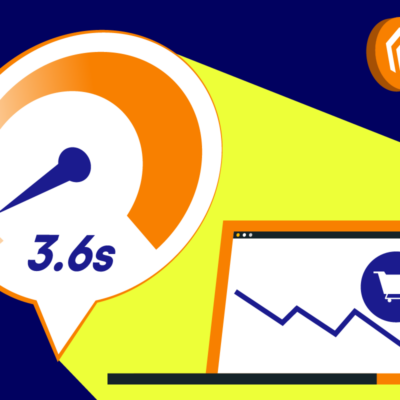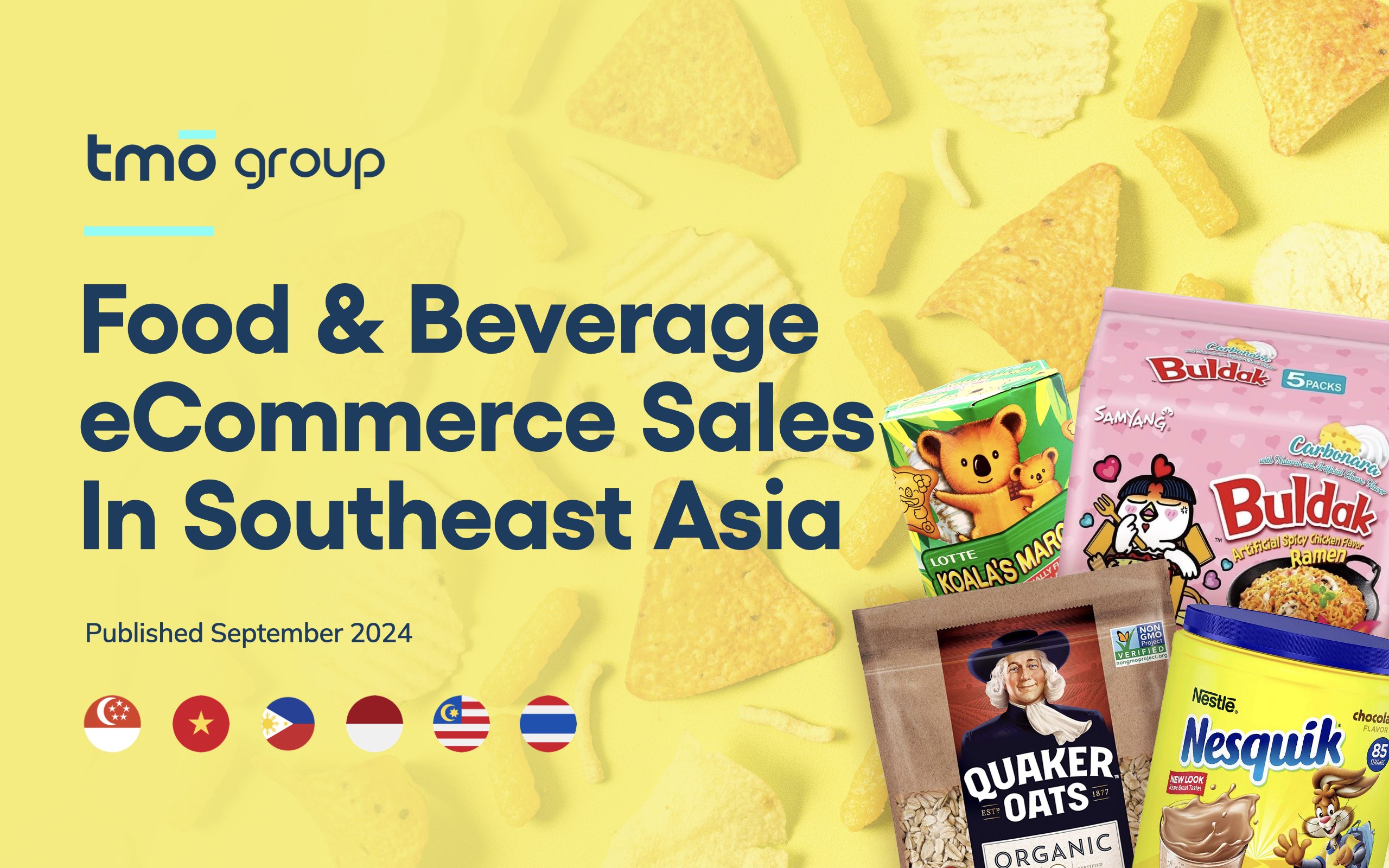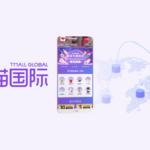Currently, 22% of global eCommerce sales come from cross-border transactions, and for businesses seeking to enter new markets and hop on the bandwagon of international eCommerce, analyzing data such as the size of the target market and growth potential is an important preliminary work. And yet, many brands that have accurately locked in the target market and done their due diligence still face problems such as lower conversion rates, poor user experience, and difficulty in matching localization with user needs. These make it difficult for the initial ROI to match expectations and become a stumbling block for the long-term development of brands going overseas.
TMO provides B2B brands expanding into international markets with Global eCommerce Solutions, from custom development to design localization as well as system integration.
The fact is, overseas expansion is not only about "copying" the operation into a new market, but also about global adaptation. From varying user needs and complexity of payment methods, to the challenge of cultural identity, and the barriers of laws and regulations, each step is challenging the depth of the company's understanding of the market. So, how can cross-border brands use data and strategic planning to break through these pain points and achieve sustainable growth? In this article, we will explore 5 considerations for multi-store eCommerce operations.
1. In-depth Research: Using Data to Identify Target Markets
Find markets that are already interested in your brand
You may have already started expanding globally without even realizing it—even if you haven’t yet targeted international consumers, they may already be interested in your brand. For example, you can use Google Analytics to drill down into customer data from different markets. By looking at where your website’s traffic is coming from, you can get a clear picture of which countries or regions are most interested in your brand.
If your eCommerce platform has strong reporting capabilities, create dashboards that show visits by country, customers by country, and sales by billing country. Make expansion decisions based on these side-by-side comparisons.
You can also infer the reasons why international users don’t place orders by viewing visitor behavior in your dashboard. For example, if you find that European customers leave your checkout page as soon as they visit it, it may be because you don’t provide checkout services in local currencies or display prices including tariffs. Other reasons include opaque return policies and long international shipping times. After all, data shows that 32% of global shoppers abandon online purchases due to estimated long shipping times.
Screen potential markets and evaluate of Return on Investment
According to industry data, segments such as fashion, food, and electronics have performed well in global e-commerce. It is expected that by 2025, revenue in the fashion sector will reach US$1.36 trillion and the food market will grow to US$510 billion.
Comparing the e-commerce penetration rates and compound annual growth rates (CAGR) of different countries, in addition to large-scale markets (such as the United States), we can also lock in potential markets that have grown rapidly in recent years. For example, the Southeast Asian e-commerce market is expected to have a compound annual growth rate of 17% from 2022 to 2025 (Bain & Company), and the number of eCommerce users and penetration rate are constantly increasing.
TMO's long-term data monitoring and collection services help brands with thorough research and analysis of the ecommerce sales landscape, as well as customized reports for various industries, providing a deep understanding of your niche, including market structure, size, and emerging trends.
Suppose you already have a target market in mind. In that case, you need to focus on the number of customers in the target market and the penetration rate of product categories in the region. By using a market potential assessment model, you can estimate the return on investment of entering a new market. For example, you can estimate the potential market size by calculating market capacity (number of target customers × penetration rate) and market value (market capacity × average order amount). These data will help you find the most valuable target region in multiple markets.
2. Risk Mitigation: Small Steps and Proof-of-Concept
Test the market through third-party marketplaces
Before launching an independent website, you can test the international demand for your product through online markets such as Amazon and Shopee. These platforms already have a broad customer base and a complete logistics system. Brands can enter the market quickly and at low cost through these platforms to test the attractiveness, price sensitivity, and market competitiveness of their products. Data shows that 47% of global online sales come from third-party e-commerce platforms (Webretailers), which is an efficient testing path.
Looking to boost your eCommerce competitive intelligence? Our Customized Marketplace Reports are tailored to support your brand’s data needs with detailed analysis.
In this way, you can reduce the risk of directly developing an independent website, and after obtaining sufficient market data, decide whether to invest more resources in the web development of your own custom store.
Collaborate with local companies, distributors, and KOLs
When planning global expansion, local resources in target markets can help brands leverage the channels and market knowledge of local businesses. For example, establishing distributor relationships, such as asking local agencies to become international distributors in target regions, can further penetrate the market and test market reactions. In addition, 71% of global shoppers believe that the endorsement of experts or influencers is the most trusted advertising channel (Statista), so cooperating with experts or influencers to promote can also help quickly build brand credibility.
3. Localization Strategy: Meet the Different Market Needs
Language and cultural adaptation
Companies can also use tools such as The Culture Factor to understand the local market culture and the fit of your brand. This tool uses six national cultural dimensions to compare countries, provide reference for localized operations, and adjust website content and marketing activities to conform to local language habits and social culture.
For example, in the Japanese market, consumers usually focus on product quality and brand reputation, so your e-commerce site needs to show the product's quality assurance and brand story in detail, not just the price tag. In this cultural context, you need to strengthen user reviews, social trust, and brand image.
Localization of payment methods and logistics
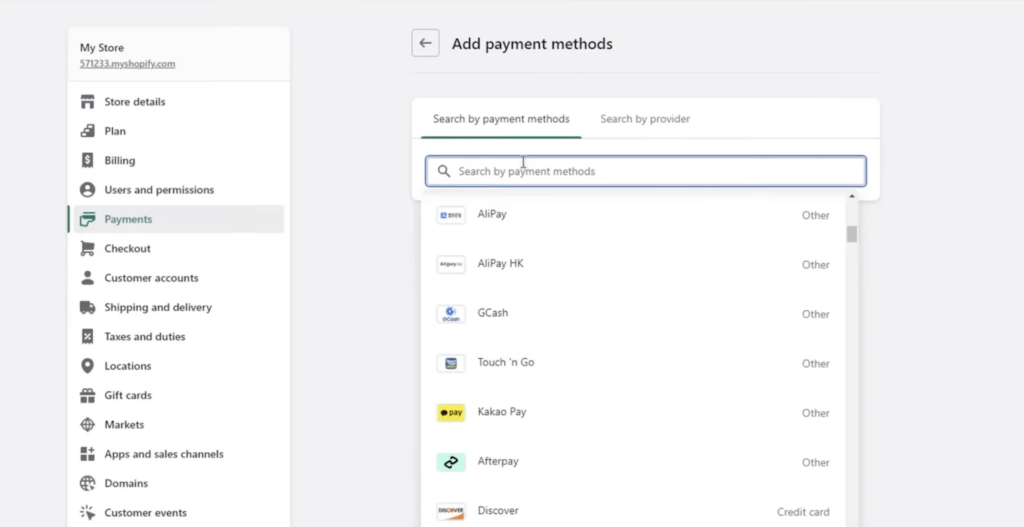
Payment methods are a crucial part of cross-border e-commerce. Different countries have different payment preferences, especially in Europe and Asia, where consumers prefer local payment methods. With Shopify Payments, you can support more than 100 global currencies and local payment methods, such as Klarna, iDEAL, Alipay, WeChat Pay which will greatly improve the convenience of cross-border shopping and customer conversion rate.
At the same time, you also need to provide flexible logistics solutions based on the distribution needs and logistics conditions of the target market. For example, consumers in the Brazilian market attach great importance to product arrival time and transparent delivery information, while consumers in Southeast Asia pay more attention to free shipping and flexible return policies.
As an Adobe Commerce and Shopify certified partner agency, TMO can provide customized development to fuel your global ecommerce expansion!
Data privacy and security compliance
For web development of cross-border eCommerce sites, data privacy and security are often subject to strict scrutiny by overseas buyers and target market regulations. In terms of sensitive information protection, the platform should provide encrypted storage and access control. Use SSL encryption protocol for data transmission, provide hierarchical management functions for user access rights, and conduct regular security audits to prevent potential network attacks.
From establishing a legal presence to ensuring ongoing conformity, our Digital Compliance Services provide you with industry-specific guidance.
In terms of data sovereignty and storage compliance, sites must ensure that data storage complies with local eCommerce regulations and meets the data sovereignty requirements of different countries. For example, the EU requires cross-border e-commerce independent sites to comply with GDPR regulations and clarify the collection, storage, and processing of user data. For specific industries, sites must meet industry regulatory requirements. For example, when the pharmaceutical industry sells experimental drugs, it is necessary to record product circulation information to ensure compliance with GMP regulations.
4. Multi-store Management: Finding an Efficient Solution
In the process of global expansion through branded independent websites, an efficient multi-site management solution needs to have the following key elements:
Multi-site, multi-language, multi-currency support
An ideal platform should be able to support enterprises to easily create and manage e-commerce sites in multiple countries or regions, and each site can be localized according to the needs of the target market, such as language, currency, logistics, and payment methods. This capability can help brands quickly integrate into different markets and improve user experience. For example, in the Brazilian market, the system can prompt customers to enter the necessary tax number (such as CPF or CNPJ) at checkout to ensure smooth logistics and delivery.
For example, Shopify Plus' "Markets" feature makes it easy to localize your store. The cross-border management tool recognizes each customer’s location and displays a personalized version of your site, including the site language, currency, and preferred payment methods for shoppers in that market.
Unified backend management
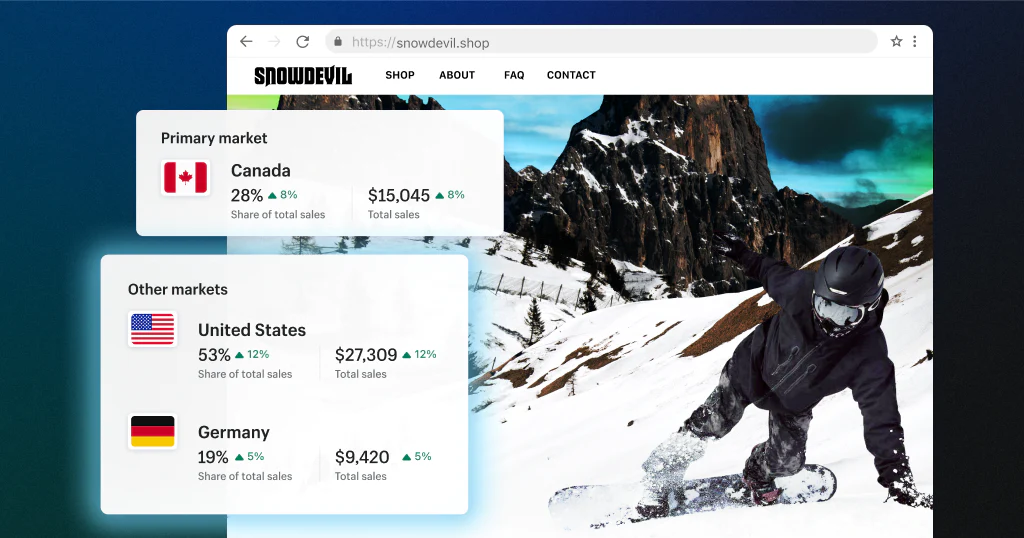
Multi-site operations often involve the management of multiple inventory, orders, and customer data, so the platform must provide a powerful backend system for centralized management of data from all sites. This unified management can reduce operational complexity while improving efficiency. For example, Shopify Markets helps companies sell their products to multiple countries around the world by opening only one online store.
Global payment and logistics connection
Supporting multiple payment methods and currency conversion is one of the keys to success in cross-border e-commerce. Accepting payments from international customers is an important step for companies to go global. Supporting multiple currencies and locally preferred payment methods (such as Klarna, Sofort, and iDEAL) can significantly increase conversion rates. Companies need an integrated payment system that can ensure the security of the payment process while reducing transaction complexity. In addition, the platform must be seamlessly connected with international logistics services to provide customers with fast and reliable delivery services. By optimizing payment and logistics processes, companies can enhance the shopping experience of global users.
Unified management of B2B and retail

When serving both retail and B2B customers, companies need a flexible system that allows them to manage both business models on one platform and simplify data management processes, such as customer information, product catalogs, price lists, and inventory. Such a system should avoid manual data entry, improve efficiency, and eliminate the need to add additional applications or edit code while ensuring that different customer groups can get a personalized shopping experience.
Meeting legal compliance requirements
In cross-border e-commerce operations, differences in laws and regulations in different countries are an important factor that cannot be ignored. Compliance not only affects logistics and taxation but may also directly determine a brand's ability to enter the market. For example, Brazil requires the customer's tax number to be provided during order delivery, the Japanese market has strict requirements for product labels and warranty instructions, and the EU's protection of data privacy (GDPR) is something that every brand entering the European market must comply with. A qualified platform should be able to help companies meet these diverse legal requirements, such as through automated tax management, customized forms, and compliance policy prompts, to reduce obstacles for companies in cross-border operations.
Strong market data analysis capabilities
Data is an important basis for decision-making. A good solution needs to provide real-time data analysis tools to help companies track sales performance in different markets and to gain market insights and optimize operational strategies. This capability can not only improve the operational efficiency of the company but also provide strategic support for market expansion.
5. Design Winning eCommerce Expansion Strategies with TMO
Taking your brand international requires careful consideration and strategic planning, and as we can see from the above considerations, it is not achieved overnight. A successful multi-site operation requires a stepped approach that includes the screening of target markets, localization of websites, and optimization of payment and logistics. Global brands can leverage eCommerce frameworks such as Shopify Plus and Magento that undoubtedly provide brands with an efficient and flexible solution that makes cross-border eCmmerce operations smoother.
TMO Group specializes in designing Global eCommerce Solutions from market entry consultation and strategy design, to website localization and development.
If you are looking for a partner agency that can help you create localized digital experiences and develop strategies to guide your international operation, TMO can provide a tailored proposal for your specific industry and business needs. Reach out to us to discuss how we can support your Global Expansion!

